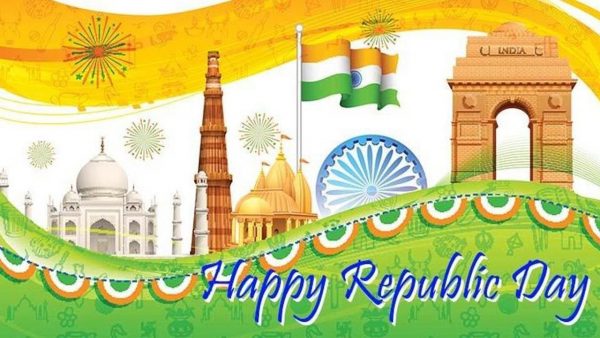Posted inHistory and Culture
26 Interesting Facts About 26 January: Indian Republic Day
Every Indian heart gets filled with tremendous pride as the Tiranga unfurls on the national festivals like 15th August and 26th January every year. However, a lot many of us…
